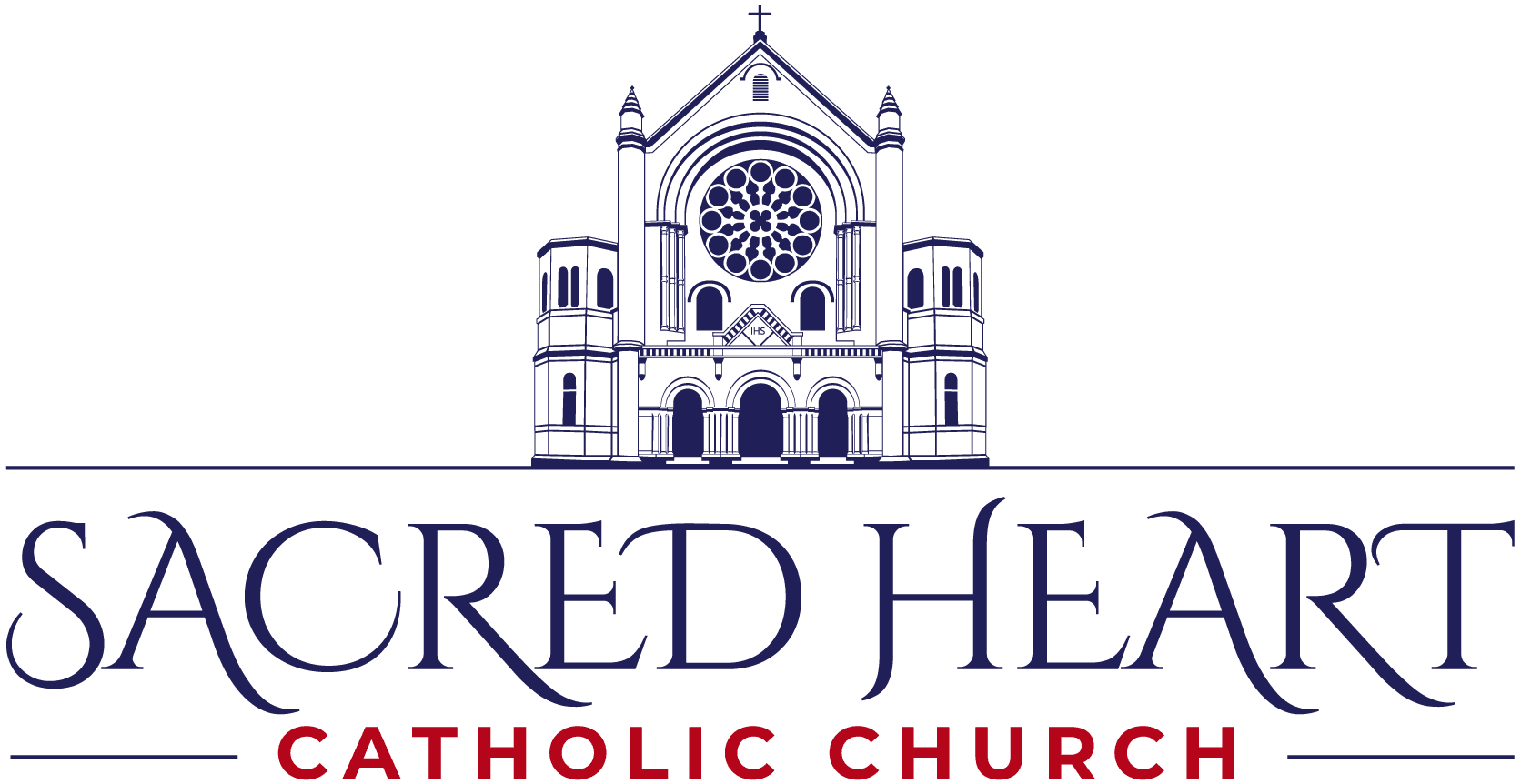One Story, Many Styles
The Bible can be broken into several categories of writing. Approximately 43% of the Bible is made up of narrative, from historical narrative to parables. Roughly 33% of the Bible is poetry, including songs; reflective poetry; and passionate, politically resistant poetry of the prophets. The remaining 24% of the Bible is prose discourse, including laws, sermons, letters, and even one essay. The Bible is an ancient Jewish collection of sacred literature made up of many different literary styles. Each biblical book uses, to a varying degree, a combination of all the literary styles to make its unique contribution to the story of the Bible. First, let’s take a look at the narrative style of storytelling.
How to Read the Bible: Plot – An important part of reading biblical narratives is learning how to understand the nature of “the plot,” how stories are arranged into a pattern of conflict and resolution. In this video we’ll see how ignoring the sequence of the plot can lead to distorted interpretation of biblical stories. We’ll also explore how grasping the multi-layered nature of the narrative can help you see the unified story that leads to Jesus.
How to Read the Bible: Character – Most of us think of characters in Bible as either sinners or saints, good or bad. At least that’s how Bible stories are presented to children. In this video, we’ll explore the ways biblical authors present characters as more complex and morally compromised than we usually imagine.
How to Read the Bible: Setting – Every story has to take place somewhere, and very often locations have a special meaning or significance evoked by events that already took place there. In this video, we explore how biblical authors use settings in the narrative to meet the reader’s expectations or to mess with them. Paying attention to locations and timelines in biblical stories unlocks deeper layers of meaning.
How to Read the Bible: Design Patterns – Design patterns are one of the key ways the biblical authors have unified the storyline of the Bible. Individual stories across the Old and New Testaments have been coordinated through repeated words and parallel themes. These patterns highlight core themes of the biblical story and show how it all leads to Jesus!
How to Read the Bible: The Gospels – The New Testament contains four ancient biographies of Jesus of Nazareth, and altogether they are called “the Gospel.” Each one tells the story as an announcement of good news that the crucified and risen Jesus is the true ruler of the nations. In this video we explore why these accounts were written and how you can read them with greater insight.
How to Read the Bible: The Parables of Jesus – Jesus of Nazareth was a master storyteller, and many of his most well-known teachings were told as parables. But these stories were designed to do much more than simply “teach.” Jesus said the parables were designed to both reveal and conceal his message about the arrival of God’s Kingdom. In this video, we explore the main themes in Jesus’ parables and ask why he used them as the primary vehicle for his message.




